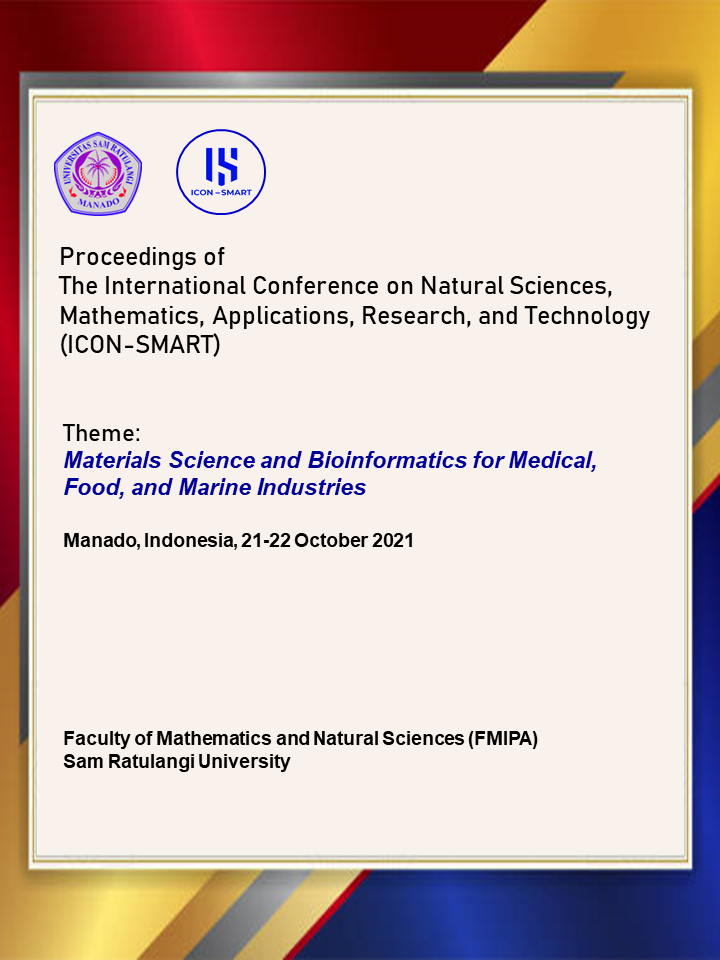Optimization of Waste Cooking Oil and Sweet Starter (Ipomoea batatas) as Edible Film for Environmentally Friendly Coffee Packaging
Abstract
Coffee packaging so far has been derived from synthetic polymers. Most synthetic polymers have good oxygen barrier properties, high mechanical resistance, and easy manufacturing processes. However, the weakness of this polymer is that it is difficult to biodegrade so it is not environmentally friendly. Synthetic polymers (plastics) are materials made from petroleum that are difficult to develop and difficult to decompose naturally. One solution to this problem is environmentally friendly packaging, namely edible film. The edible film is a type of plastic that can be consumed and used as a wrapper for a product to reduce the use of plastic. The basic ingredients for making edible films come from starch which belongs to the hydrocolloid group. Indonesia is a country that has starch-producing crops such as corn, rice, and sweet potatoes. This study used sweet potato starch as an ingredient for making edible films. This is because, sweet potato starch has high potential after all in 5 years from 2014-2018 it was the 3rd place as the plant with the highest productivity and had the highest amylose content among other starch-producing plants, namely 38%. The addition of plasticizers or plasticizers is done to improve the rigid and easily torn properties of edible films. One type of plasticizer that is widely used is glycerol. The glycerol used in this study is glycerol from waste cooking oil. Waste cooking oil is the same as coconut oil, so it still contains linoleic acid, stearic acid, and other fatty acids. Waste cooking oil is reacted with a strong base catalyst NaOH in the transesterification reaction to produce glycerol. This research was conducted to utilize waste cooking oil and sweet potato starch as the basic ingredients for making edible films as environmentally friendly coffee packaging.Downloads
Published
2022-06-15
Issue
Section
Articles

